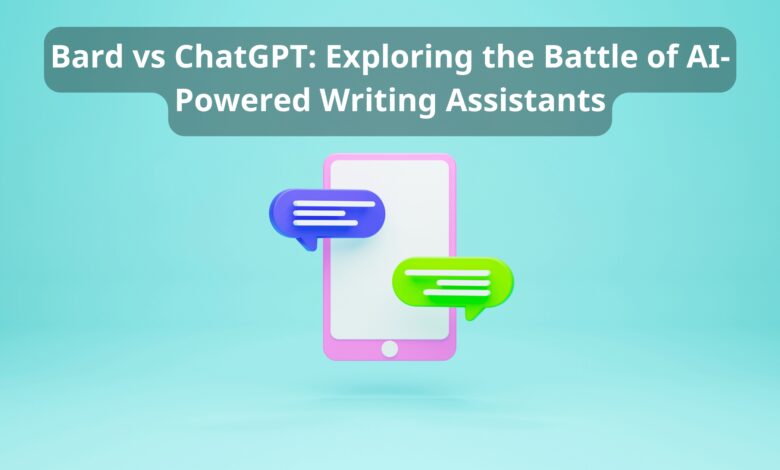Bard vs ChatGPT: Exploring the Battle of AI-Powered Writing Assistants

Bard vs ChatGPT: Exploring the Battle of AI-Powered Writing Assistants
Are you torn between using Bard or ChatGPT for your writing and creative projects? Well, you’re in the right place! In today’s digital age, AI-powered writing assistants have become invaluable tools for content creators, students, and professionals alike. In this article, we’ll delve into the differences between Bard and ChatGPT to help you choose the best option for your needs.
Bard: The Versatile Writing Companion
Bard is a cutting-edge AI-powered writing tool developed by Google. With its advanced natural language processing capabilities, Bard aims to revolutionize the way we write and create content. Here are some key features of Bard:
- Creative Writing Assistance: Bard is designed to assist users in generating creative and engaging content across various genres and styles. Whether you’re working on a novel, a blog post, or a marketing campaign, Bard can provide valuable insights and suggestions to enhance your writing.
- Grammar and Style Correction: One of Bard’s standout features is its ability to identify and correct grammatical errors, punctuation mistakes, and stylistic inconsistencies. By analyzing the context of your writing, Bard offers tailored suggestions to improve clarity, coherence, and readability.
- Content Generation: Bard can also generate content from scratch based on user prompts and input. Whether you need help brainstorming ideas, crafting compelling headlines, or drafting introductory paragraphs, Bard can generate high-quality content to jumpstart your writing process.
ChatGPT: Your Conversational Writing Assistant
ChatGPT, on the other hand, is an AI-powered conversational agent developed by OpenAI. Built on the powerful GPT architecture, ChatGPT excels at understanding and generating natural language text. Here’s what sets ChatGPT apart:
- Conversational Interaction: Unlike traditional writing assistants, which rely on prompts and commands, ChatGPT offers a conversational interface that allows users to interact with the system using natural language. Whether you’re asking for writing advice, seeking inspiration, or engaging in casual conversation, ChatGPT can understand and respond to your queries effectively.
- Contextual Understanding: ChatGPT leverages advanced machine learning algorithms to understand the context of your writing and provide relevant suggestions and recommendations. By analyzing the surrounding text, ChatGPT can offer tailored responses that are contextually appropriate and useful.
- Continuous Learning: One of the key strengths of ChatGPT is its ability to continuously learn and improve over time. As users interact with the system and provide feedback, ChatGPT adapts and refines its responses, ensuring that it remains up-to-date and accurate.
Bard vs ChatGPT: The Verdict
So, which is better: Bard or ChatGPT? The answer ultimately depends on your specific needs and preferences. If you’re looking for a versatile writing companion that can assist you with grammar correction, style enhancement, and content generation, Bard may be the right choice for you. On the other hand, if you prefer a conversational writing assistant that can engage in natural language dialogue and provide contextual suggestions, ChatGPT offers a compelling alternative.
In conclusion, both Bard and ChatGPT have their strengths and weaknesses. Whether you’re writing a novel, a blog post, or a research paper, both platforms have something unique to offer. Ultimately, the choice between Bard and ChatGPT comes down to personal preference, writing style, and the type of writing assistance you’re seeking.




One Comment